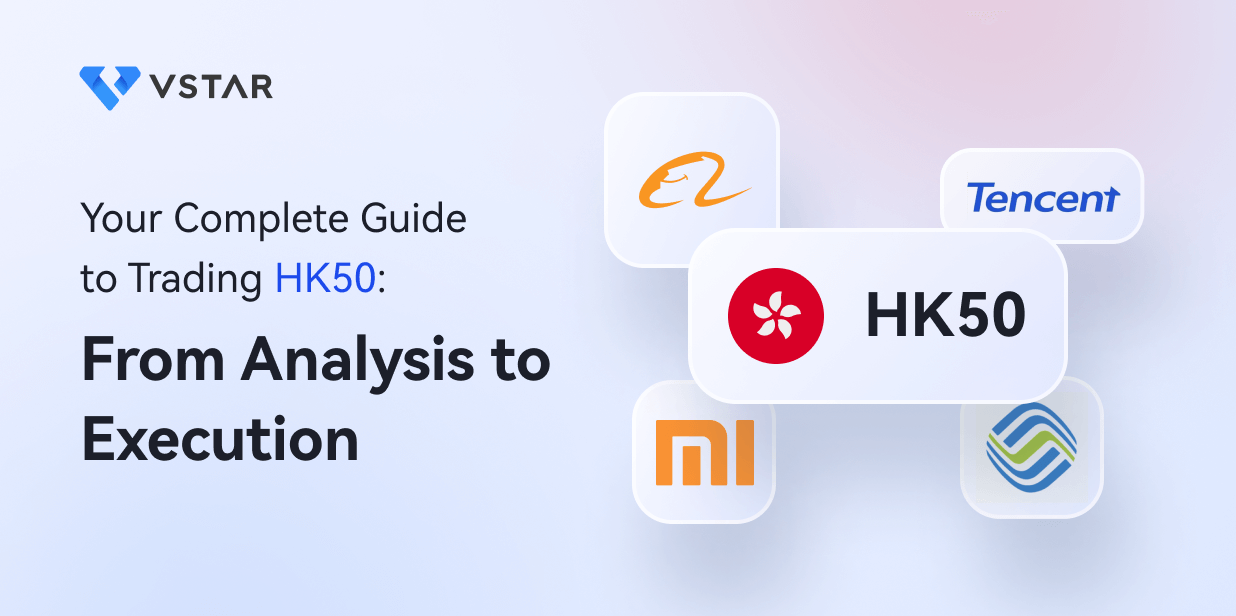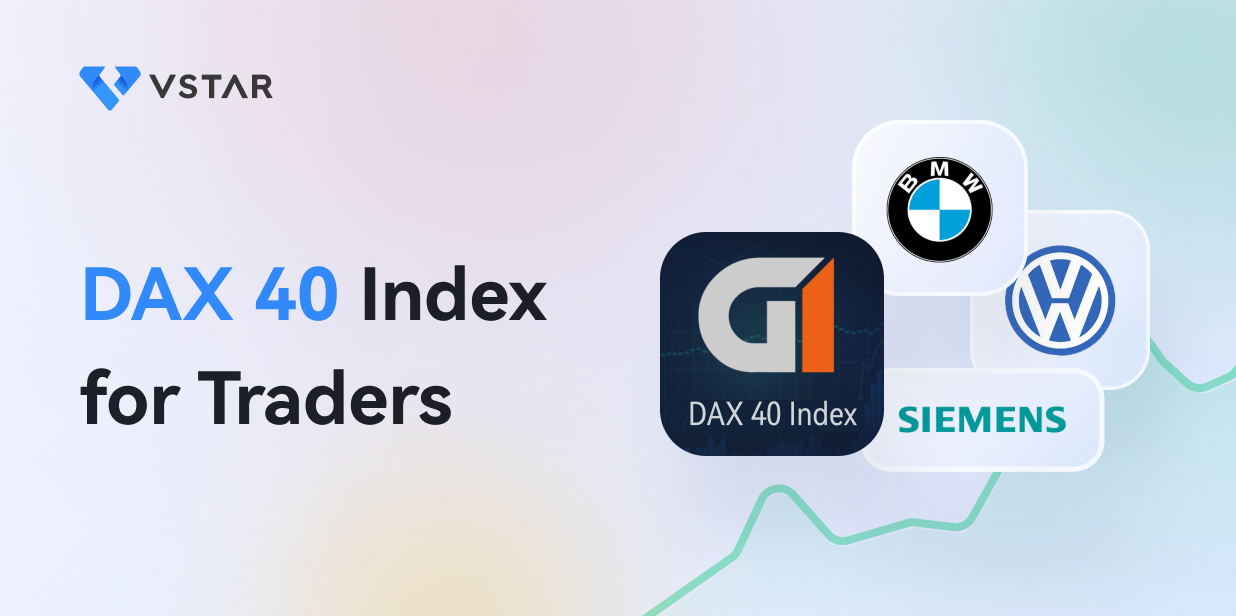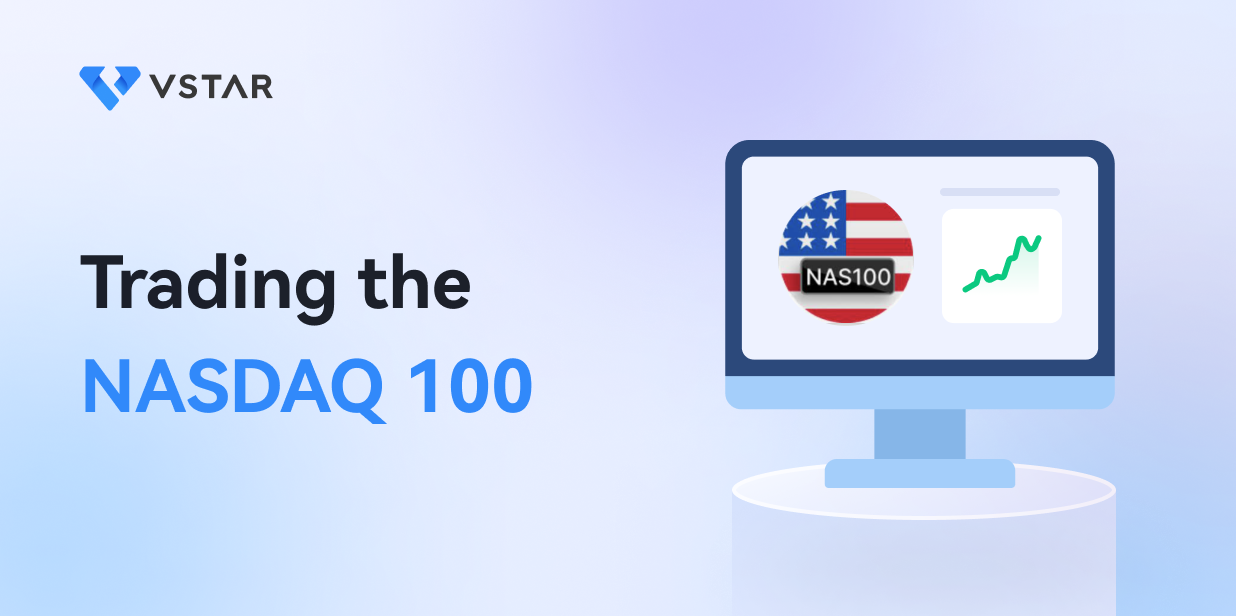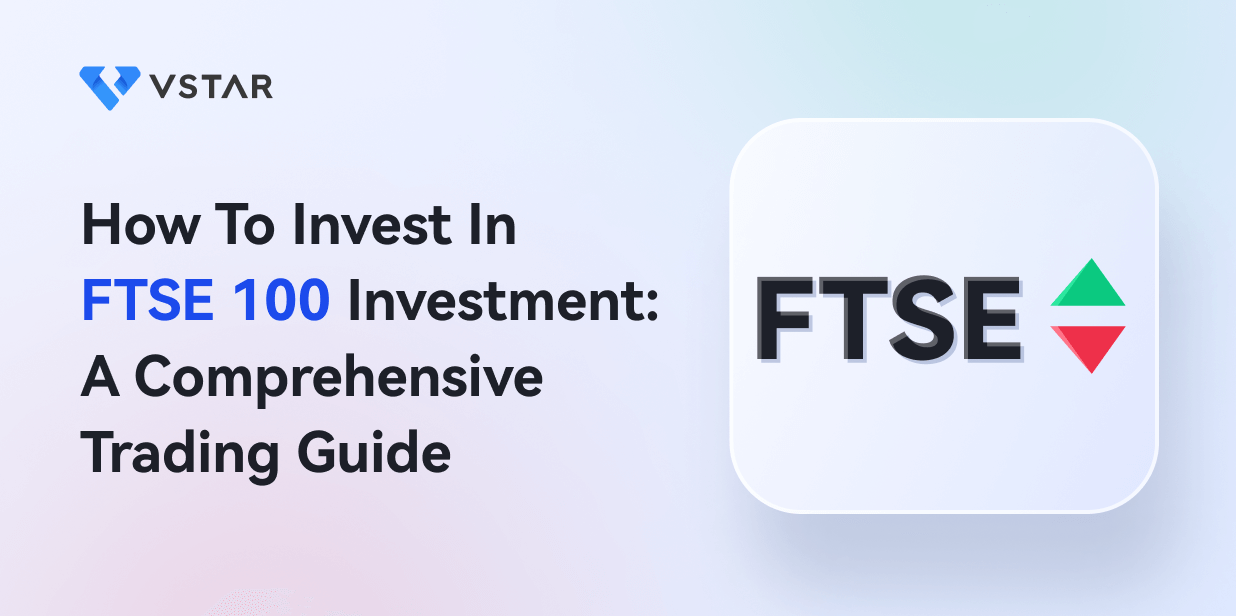Introduction
The benchmark stock market index in Hong Kong is the Hong Kong 50, often known as the Hang Seng Index (HSI). The top 50 Hong Kong Stock Exchange listed firms were chosen for inclusion based on their market capitalization, liquidity, and trading volume.
Since its initial publication on November 24, 1969, the index has grown to rank among the most popular gauges of the Hong Kong stock market. The Hong Kong 50 is a capitalization-weighted index, which implies that the index's performance is more heavily influenced by businesses with higher market capitalizations.
Investors and financial experts frequently use the Hong Kong 50 index to monitor the stock market's performance in Hong Kong and to learn more about the state of the local economy. It also serves as a performance standard for investment funds and portfolios that hold Hong Kong shares.
Financial, real estate, technology, consumer products, and healthcare are just a few industries represented in the index. Tencent Holdings, HSBC Holdings, and China Mobile are a few of the largest firms in the index.
The Hong Kong 50 stock market index can be accessed in two distinct ways: by trading spot HK50 and HK50 CFDs (Contracts for Difference).
Spot trading entails purchasing or selling the underlying asset immediately on the stock exchange (in this case, the equities that make up the index). When you trade the spot HK50, you are buying or selling shares of the corporations that comprise the index, and the price fluctuations of those shares decide whether you make a profit or a loss.
CFD trading, on the other hand, is signing a contract with a broker to trade the price difference of the underlying asset, in this case, the Hong Kong 50 index. With HK50 CFDs, you merely guess whether the index's price will go up or down rather than owning the underlying assets.
The ability to leverage positions, which enables traders to establish larger bets with less cash, is one of the key benefits of trading HK50 CFDs. Leveraged trading does, however, significantly raise the danger of losses because both profits and losses are amplified.
The trading hours are another distinction between the two styles of trading. HK50 CFDs can be traded 24/7, allowing traders to respond to market-moving events outside the Hong Kong Stock Exchange's trading hours. Spot HK50 trading is only allowed during the exchange's trading hours.

Spot HK50 Trading
Spot HK50 trading is the term for buying and selling the underlying assets on the Hong Kong Stock Exchange that make up the Hong Kong 50 stock market index. When trading spot HK50, investors buy the individual stocks that comprise the index to understand how the Hong Kong stock market is performing.
Individual stocks are available for purchase or sale at the market price, and the price changes of those shares decide whether a trader makes a profit or a loss. Spot HK50 trading takes place from Monday through Friday, typically from 9:30 am to 4:00 pm Hong Kong time, during the regular trading hours of the Hong Kong Stock Exchange.
Advantages of trading spot HK50:
Direct ownership: Spot HK50 trading allows traders to own the underlying stocks that comprise the index, providing potential benefits such as dividends and voting rights. However, this can vary greatly depending on the broker and the vehicle used. (As in an ETF, for example.)
Transparency: Trading spot HK50 is transparent, with prices and market information available in real-time, allowing traders to make informed investment decisions.
Regulatory oversight: The Hong Kong Stock Exchange is a highly regulated marketplace, providing a secure and trustworthy environment for trading.
Market depth: The Hong Kong stock market is one of Asia's most active and liquid markets, providing traders with access to a wide range of investment opportunities.
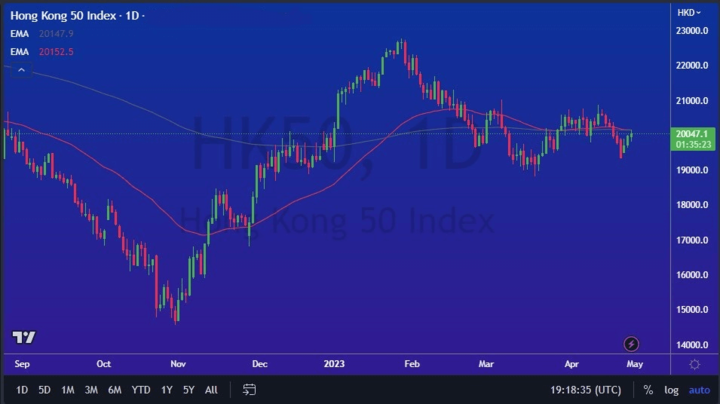
Disadvantages of trading spot HK50:
High transaction costs: Trading spot HK50 involves high transaction costs, including brokerage fees and taxes, which can reduce a trader's profits.
Limited trading hours: Spot HK50 trading is only available during the Hong Kong Stock Exchange's trading hours, which may not be convenient for traders in other time zones.
Market volatility: The Hong Kong stock market can be volatile, and sudden market movements can result in significant losses for traders.
Currency exchange risk: Trading spot HK50 involves currency exchange risk if a trader's account is not denominated in Hong Kong dollars.
The major risk involved in trading the spot HK50 is that you have to worry about gaps that can happen at the open, not allowing you to leave the position without a potentially massive loss. Furthermore, CFDs allow leverage and after-hours trading in a much more straightforward process.
CFD HK50 Trading

CFD trading in HK50 refers to using Contracts for Difference (CFDs) to gain exposure to the price movements of the Hong Kong 50 stock market index. A CFD is a derivative product that allows traders to speculate on the price movements of an underlying asset without actually owning the asset.
When trading HK50 CFDs, a trader enters into a contract with a broker to exchange the difference in the price of the index between the opening and closing of the trade. If the trader predicts that the price of the index will rise, they can buy the CFD, and if they predict that the price will fall, they can sell the CFD.
CFD trading in HK50 offers several advantages, such as:
Leverage: CFD trading allows traders to access leverage, which means they can open positions with less capital. However, leverage increases both the potential profits and losses.
Flexibility: HK50 CFDs can be traded 24/7, allowing traders to react to market-moving events outside of the exchange's trading hours.
Lower costs: CFD trading in HK50 typically involves lower transaction costs than spot trading, as traders only pay the spread (the difference between the buy and sell prices) and other minor fees.
Short-selling: CFD trading allows traders to profit from falling markets by short-selling the index.
However, CFD trading in HK50 also involves risks, such as:
Counterparty risk: CFD trading involves entering into a contract with a broker, which means that traders are exposed to the credit risk of the broker.
Market volatility: The Hong Kong stock market can be volatile, and sudden market movements can result in significant losses for traders.
Overnight financing charges: If a trader holds a CFD position overnight, they may be subject to overnight financing charges.
Choosing a Broker
When trading the HK50, choosing the correct broker is crucial because they greatly impact both performance and trading experience. When choosing a broker to trade the HK50, take into account the following factors:
Regulation: To guarantee that they operate within the law and satisfy specific requirements for financial stability and security, a respectable broker should be subject to the oversight of a respected financial authority, such as the Hong Kong Securities and Futures Commission (SFC), Cyprus Securities and Exchange Commission (CySec).
Trading platform: A reputable broker should have a user-friendly, dependable, and cutting-edge trading platform, such as MetaTrader 4 or 5. The trading platform serves as the interface between the trader and the market.
Fees and commissions: For trading HK50, various brokers have varying fees and commissions. To select a competitive and clear price structure that fits their trading style, traders should examine the charges of various brokers.
Selection of assets: Some brokers provide a wider range of assets than others. To enable a comprehensive trading portfolio, traders should select a broker with a broad selection of HK50 trading products, including spot trading and CFDs.
Customer support: Good customer support is crucial for traders to receive timely assistance in the event of any technical or trading concerns. Traders should pick a broker that provides quick and helpful customer assistance via various channels, including live chat, email, and phone.
Educational materials: To assist traders in honing their trading abilities and knowledge, a competent broker should offer educational resources like trading tutorials, webinars, and market analysis.
Reputation: Before selecting a broker, traders should examine that broker's reputation by reading reviews and comments left by other traders or business professionals.
With a heavy emphasis on regulation, technology, cost-effectiveness, and customer service, traders should select a broker that suits their unique trading needs and ambitions. VSTAR is a broker that “checks all of the boxes” in this list, and as the broker is heavily licensed and regulated, traders are protected against unforeseen liquidity issues. The massive list of assets to trade also offers the ability to diversify well beyond Hong Kong.
Analyzing the Market
Fundamentals in both politics and economics have an impact on the Hong Kong economy.

Basics of the economy
Inflation: For Hong Kong, the underlying consumer price inflation is anticipated to be 2.5% in 2023. The lowest inflation rate in Hong Kong since May 2022 was recorded in March 2023 due to recent declines in inflation rates.
Retail sales: In January 2023, the value of retail sales climbed 7.0% year over year.
The S&P Global Purchasing Managers' Index (PMI): Has decreased from 53.9 in February to 53.5 in March 2023.
Economic expansion: It is anticipated that the Hong Kong economy would rise mildly (0.3%) in 2022 before rapidly (3.9%) in 2023.
Political circumstances
Geopolitical tensions: Global financial center (IFC) status of Hong Kong has been damaged by ongoing geopolitical tensions between the US and China.

Sanctions: US sanctions were placed on Chinese officials allegedly undermining Hong Kong's autonomy.
Political parties: There are numerous parties in Hong Kong's political system, including pro-democratic and pro-establishment groups.
Hong Kong's economy is generally known for its low tax rates, open trade, and minimal government intrusion. However, the ongoing political and geopolitical unrest could affect the economy.
Developing a Trading Strategy
Would you be open to trading the HK 50? Being successful in trading requires having a sound trading plan. Here is a starting point for you.
Selecting a trading style - Before starting to trade, you must determine which suits you the best. Day, swing, and position trading are the three most popular trading types. Choose a trading strategy that fits your lifestyle because each needs a different commitment of time and effort.
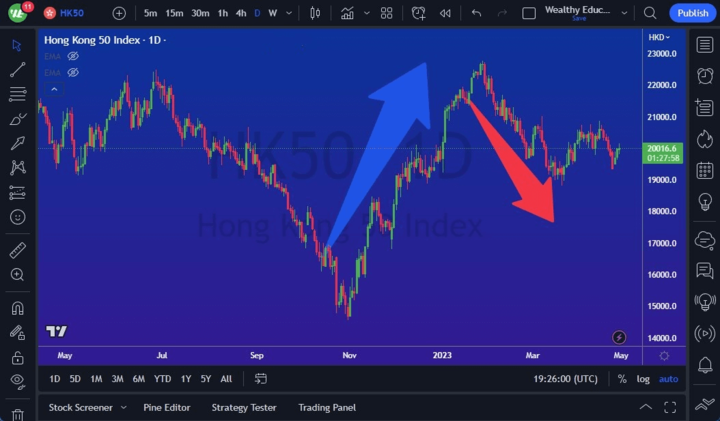
Swing trading the HK50.
Choosing entry and exit locations - Successful trading depends on knowing when to enter and quit a trade. For example, technical indicators or chart patterns should be used as explicit guidelines for entering and exiting transactions in a trading strategy.
Setting up stop loss and take profit orders - Using stop loss and take profit orders to close positions when they reach predetermined levels automatically, these orders can assist traders in controlling risk. A trading strategy should include clear guidelines for placing take profit and stop loss orders.
Risk Management - Risk management is a crucial component of every trading strategy. You should have clear guidelines for reducing risk, such as limiting exposure to only one asset and employing the right position sizing.
Placing a Trade
You are prepared to trade on the HK50 after creating a trading plan.
Opening a position on the HK50 - Spot trading and CFDs are two methods of trading the HK50. Select the trading product that best suits your needs.
Positions: You can trade the HK50 by taking either a long or a short position. When you have a long position in the HK50, you are betting that the price will go up, whilst a short position is a wager that the price will go down.
Using leverage to amply gains and losses - wins and losses can be magnified by using leverage. By borrowing money to expand their trading position, traders can use leverage to magnify their wins and losses. Leverage should be used carefully because it also raises danger.
Remember that creating a trading strategy requires time and effort but is ultimately worthwhile. To increase your chances of success, adhere to your plan and handle risk sensibly.
How to Profit by Trading HK50
Various tactics can help you maximize your transactions if you're interested in trading the HK50. Here are some pointers for effective trading:
Profiting from price fluctuations: Monitor the market for trends and pricing changes. This can assist you in making wise trading choices and profiting from price changes.
Using trading indicators: Trading indicators can help you make better-informed trades by offering useful insights into market patterns.
Putting a smart risk management plan into practice: Risk management is crucial in trading, and a good plan can help you reduce losses and increase profits.
Analysis: Analyzing market trends, news, and events can help you spot potential possibilities and hazards when conducting thorough market analysis.
Keeping abreast of market news and events: Follow the most recent news and events that may affect the Hang Seng Index HK50 and your trades.
Maintaining thorough records of trades for future analysis: Maintaining thorough records of your trades will help you see trends, make better choices, and enhance your entire trading approach.
Managing Your Trade

Successful trading requires managing trades, which includes keeping an eye on price changes, modifying stop loss and take profit orders as needed, and quitting trades in accordance with pre-established criteria. Trading professionals employ stop loss and take profit orders as key trading management tools. A take-profit order is the opposite of a stop-loss order and indicates the price to close out a position for profit. A stop loss order is a limit order that specifies the greatest loss you are ready to accept on a trade.
Effective trade management requires regular price movement monitoring and adjusting of stop loss and take profit orders. For instance, traders may want to change their take profit orders to lock in profits if the price of an asset starts moving in the correct direction. They may even want to employ a trailing stop loss order to lock in more profits as the market goes in their favor. On the other side, a trader might want to modify their stop loss order to reduce possible losses if the price of an asset starts moving against the trader's position.
Finally, traders need to have pre-established standards for closing out a position. Various criteria, such as technical indicators, fundamental analysis, or risk management guidelines, may be the basis for these standards. Whatever the criteria, having a predetermined exit strategy enables traders to keep their composure and execute their trading plan even in tumultuous market conditions.
Conclusion
In conclusion, there are two ways to trade the Hong Kong 50 stock market index: spot trading and CFD trading, each with pros and cons. When selecting a broker, trading professionals should consider aspects like regulation, trading platform, fees and commissions, asset selection, customer support, educational resources, and reputation. The key to trading success is creating a trading strategy that includes choosing a trading style, picking entry and exit points, putting up stop loss and take profit orders, and managing risk. Effective trade management is also necessary, including keeping track of price movements, modifying stop loss and take profit orders, and having pre-determined standards for closing a position. By adhering to these rules, traders can increase their chances of making money from trading the Hong Kong 50.
FAQs
1. What is HK50?
HK50 is an index that tracks the performance of the 50 largest companies listed on the Hong Kong Stock Exchange by market capitalization.
2. What companies are in HK50?
Major constituent companies of the HK50 index include AIA Group, HSBC Holdings, Tencent Holdings, China Construction Bank and Hong Kong Exchanges & Clearing. The index covers a range of sectors like financials, properties, IT and telecom.
